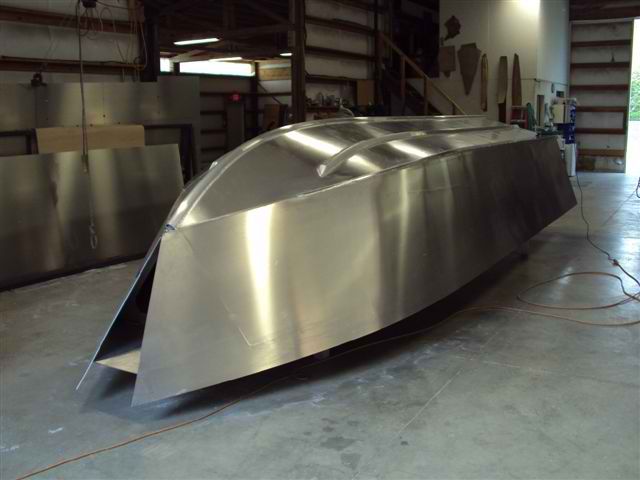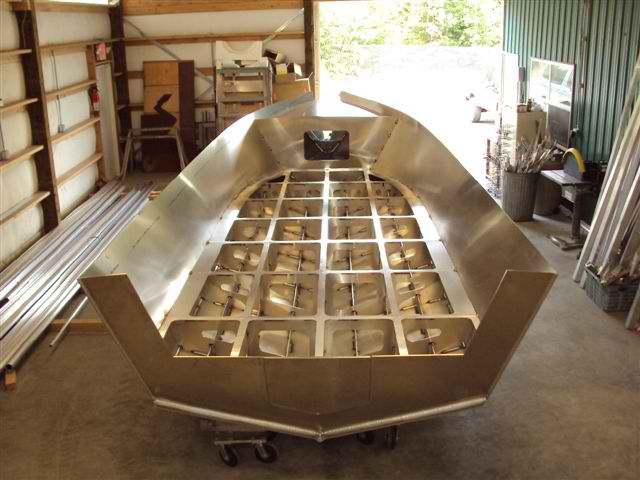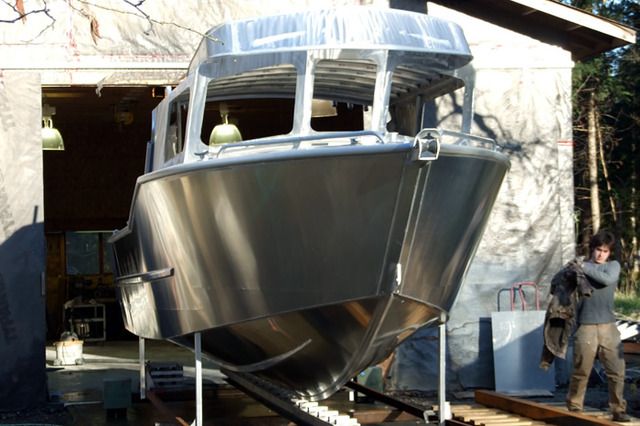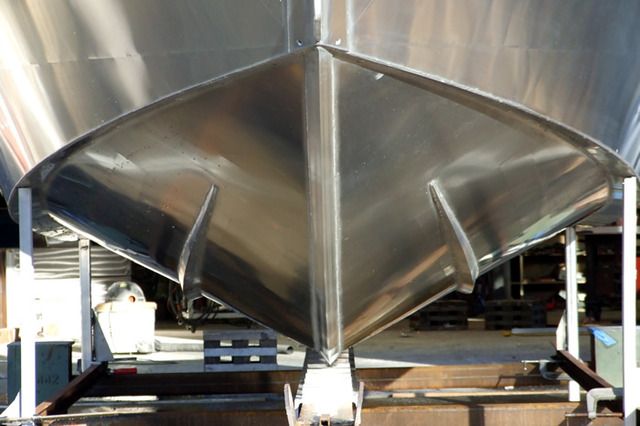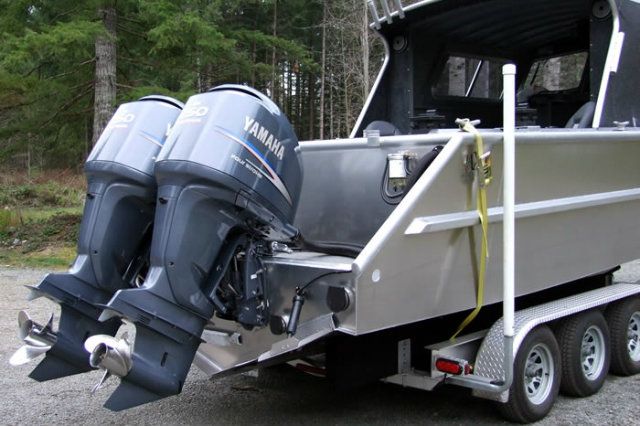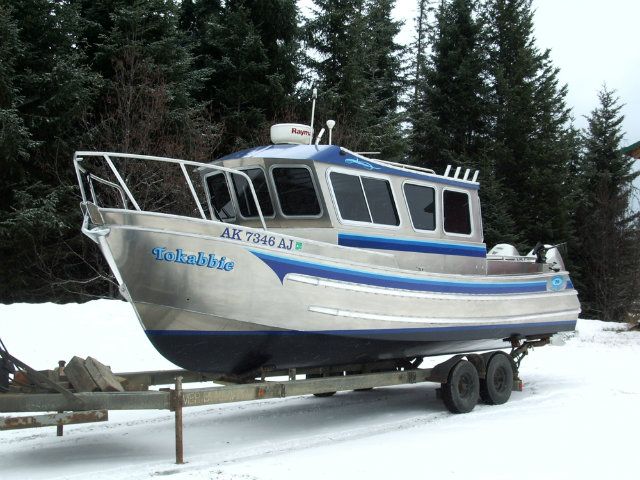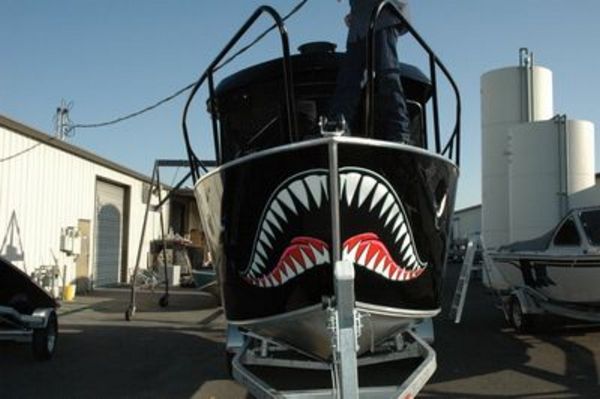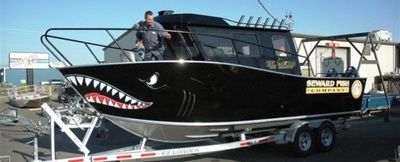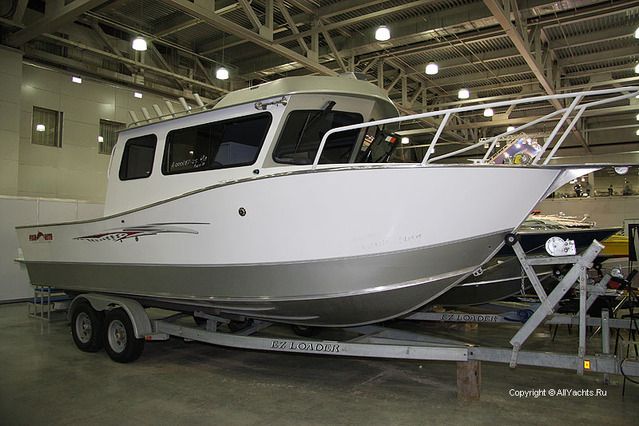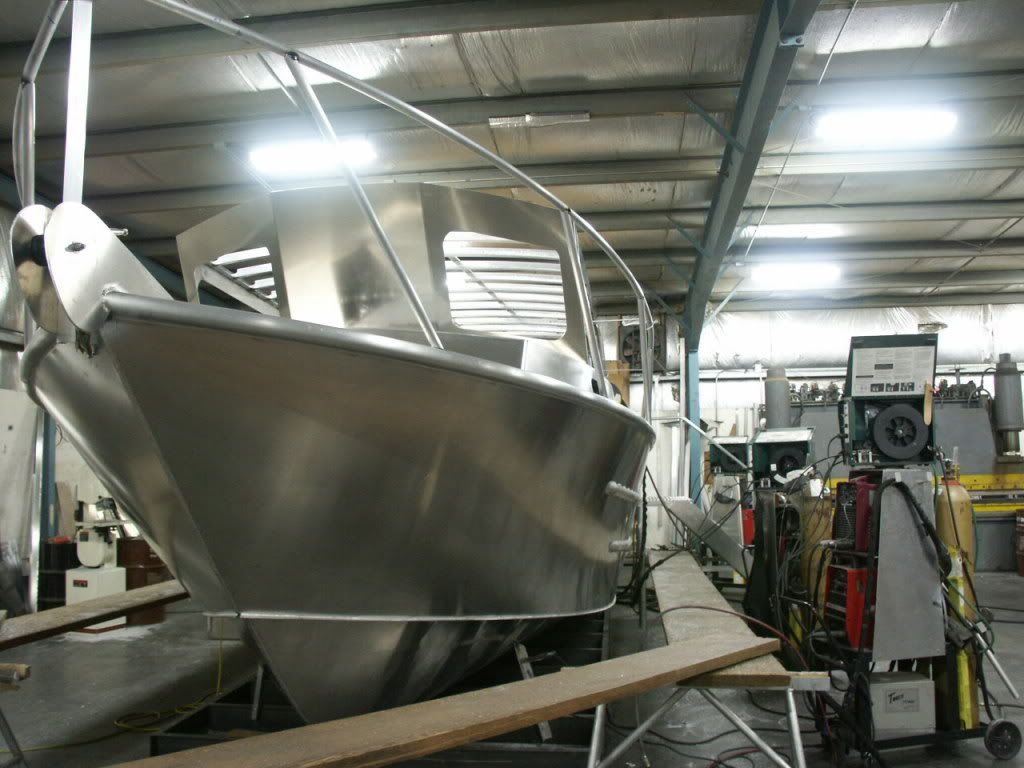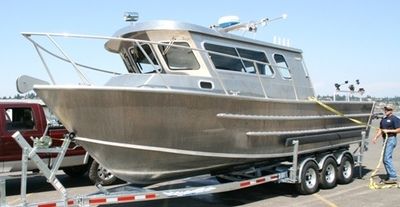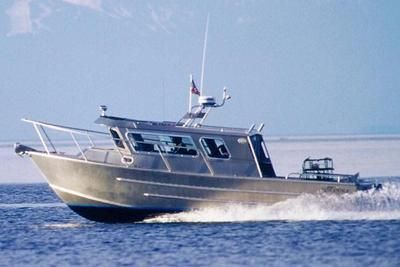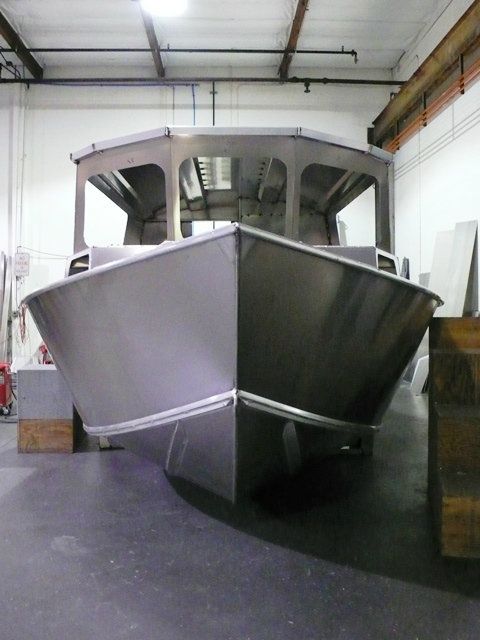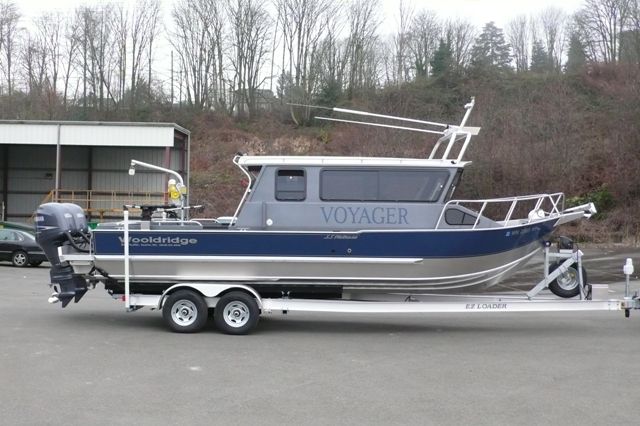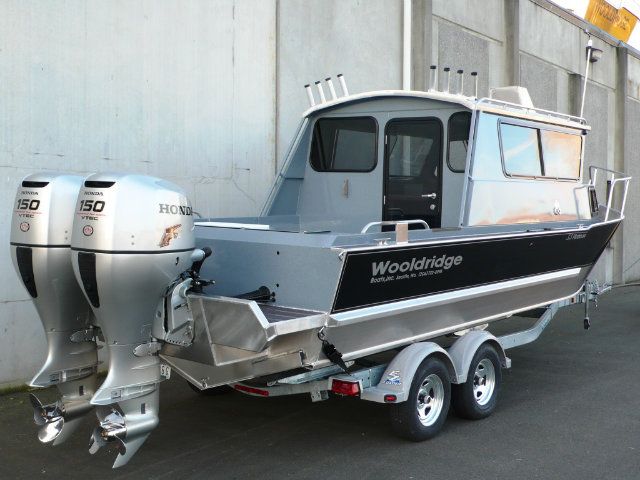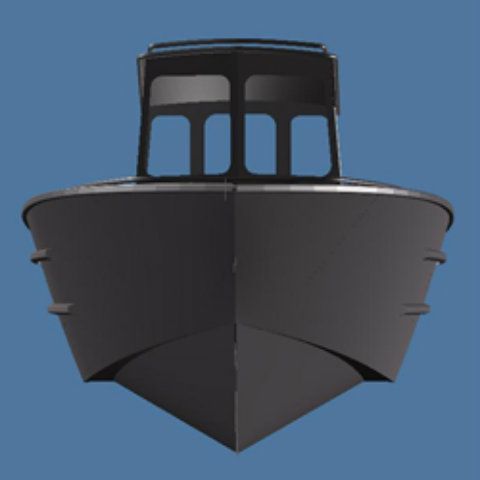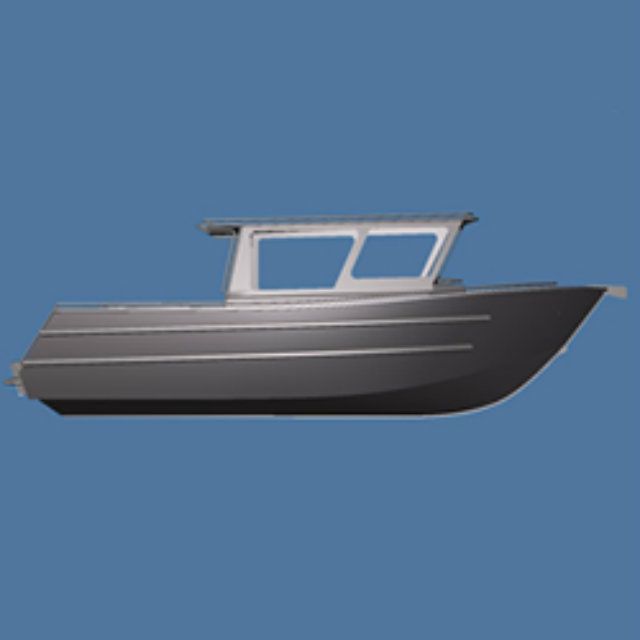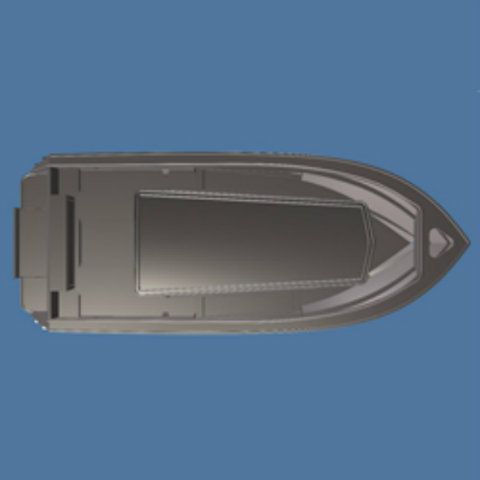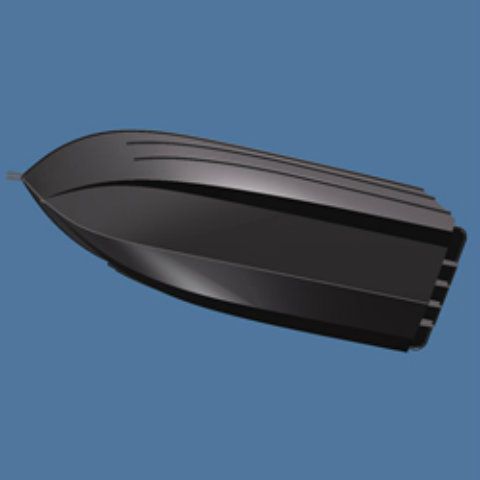A 28' Pacfic Hull

A Lee Shore Hull
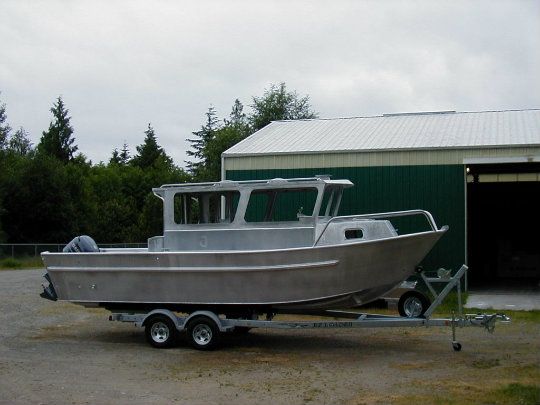
A 28' JaxonCraft Hull
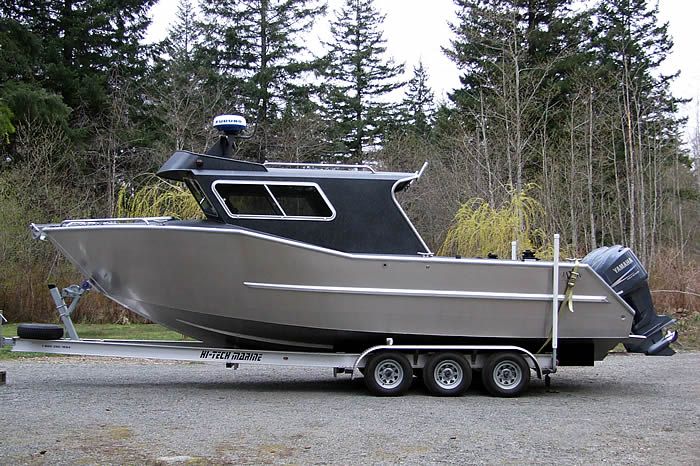
A Bayweld Hull

It is currently:




Where does hull C fit in?kmorin wrote:So hull D is the smoothest ride in short head seas and is more 'full' in the plan view waterlines so it will the driest in that head sea as it will have the largest pitch vector due to the full 'shoulders' of the bow and especially the topsides above the chine. Next in the same conditions is B then A and finally D where the buttock lines and waterlines show descending 'fullness' forward. However, when pushed to their top end the reverse order will apply to steering as the wetted areas will be most imbalanced by an uneven wave entry, the most pronounced will be the most full bow hull-therefore limiting top end speed in high and higher sea states.
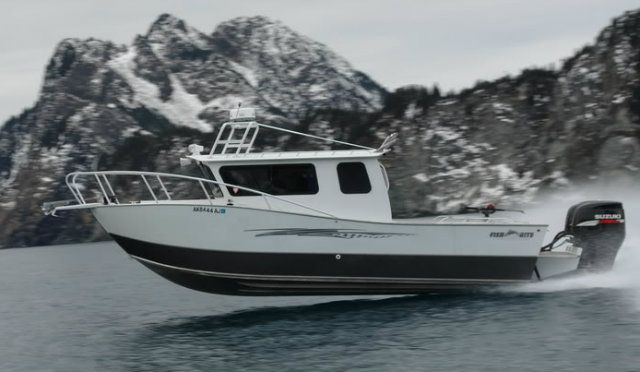
Mojo, right now I am wanting to learn the functions of design, not so much as pick out a hull for my use, although hopefully in a few years I can be in that position. I want to know the theory and mechanics behind designs and be able to predict(?) how hulls will react to different conditions.Dialing this in a bit......... Albacore fishing...... 40 miles out.....Wind coming from the Northwest afternoon 20 to 30.
4 to 8 foot seas at 6 second intervals. Trolling 6-9 kts.???????
Channel Islands same weather????? but can duck behind an island.
Going out fairly calm...... coming back in following seas. Going out Northwest coming back Northeast otherwise fighting the afternoon snot???????
I know alot of assuming........ but details on sea conditions and how you plan on using her helps with hull performance questions. They all work great in glass like conditions.


